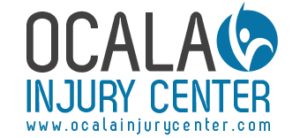Pain in Legs or Arms
The cause of many instances of shoulder or arm pain is obvious. You do something to injure the arm or shoulder and immediately feel pain, such as in an auto accident. You may have broken a bone or dislocated your shoulder.
Maybe you strained tendons or ligaments by carrying too much weight, or lifted something that was too heavy. You may have overreached or overexerted your arms, maybe while playing a sport. The pain that results may range from an annoying ache to a more acute pain that makes it hard for you to use the injured arm or leg.
There are other, less-obvious causes of shoulder or arm pain. Each is distinguished by where it is felt, whether it comes on suddenly or over time, when it is at its worst, if the pain extends to other joints in your body, and if other symptoms—such as swelling, numbness, tingling, fever, fatigue, and insomnia—accompany the pain. The causes of shoulder and arm pain include tendonitis, bursitis, arthritis, and gout. Such pain may also result from a reaction to medications such as penicillin, anti-anxiety drugs, and oral contraceptives. Whiplash injuries, common in auto accidents, can also cause shoulder and arm pain.
Shoulder and arm pain may be referred from some other region of the body, as when someone suffering a heart attack feels pain in the left shoulder and down the left arm. The pain may also be referred from nerves associated with the joints in the upper spine or “trigger points” in the back, which are particularly responsive to chiropractic spinal adjustments designed to treat such problems.
Legs are generally abused from standing or sitting for long periods of time. It is important to stretch, massage, and incorporate joint movement to get pain relief. The knee is a complex joint influenced by muscles from above and below the joint. Car accident injuries that damage these parts of the leg require special attention.
Call us at 352-644-7707, chat with one of our staff members now standing by, or email us at dralex@ocalainjurycenter.com.
